Helmet skullcap
Helmet skullcap (Scutellaria integrifolia) typically blooms in late spring and summer, attracting a wide range of bees, including leafcutter, cuckoo and bumble bees.
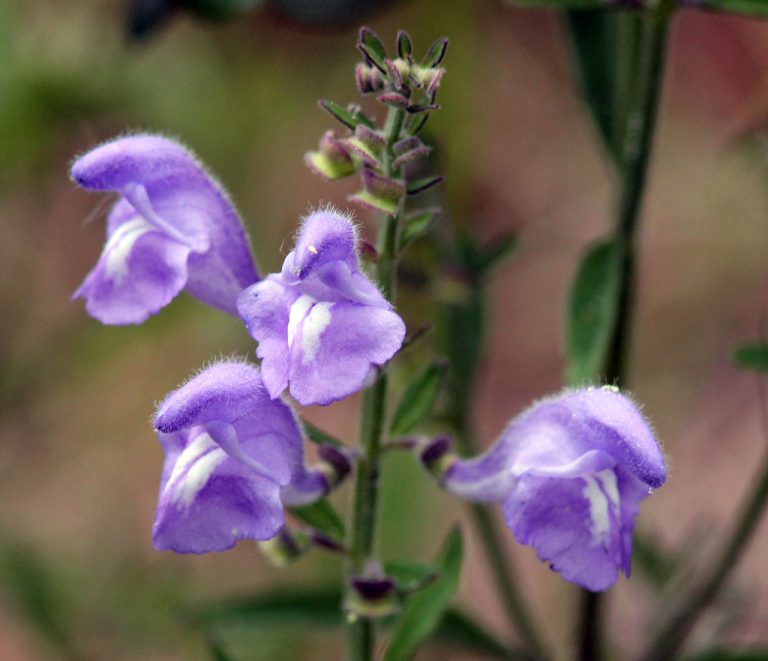
Helmet skullcap (Scutellaria integrifolia) typically blooms in late spring and summer, attracting a wide range of bees, including leafcutter, cuckoo and bumble bees.
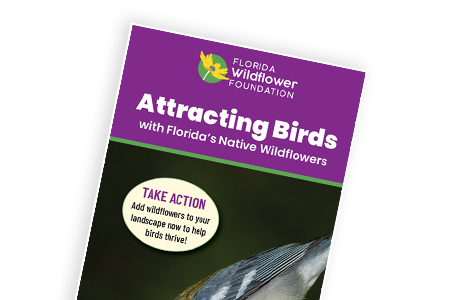
Bring birds into your landscape by planting Florida native wildflowers, grasses and shrubs that provide food and habitat. Learn more now. Versión en español disponible.
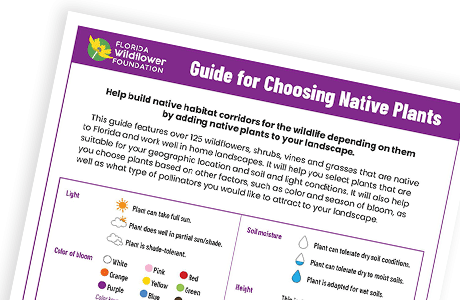
This guide includes over 120 Florida native wildflowers, shrubs, vines and grasses that work well in home landscapes. It will help you choose plants based on your location, soil and light conditions, color and season of bloom, and pollinator use. Versión en español disponible.
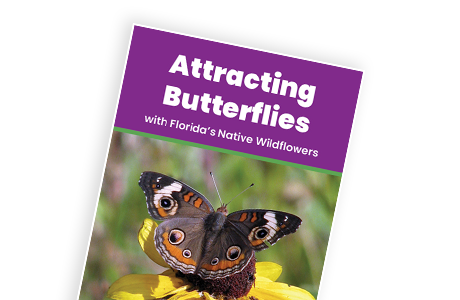
You can help provide food and habitat for Florida’s butterflies by landscaping with native wildflowers. Learn more now. Versión en español disponible.
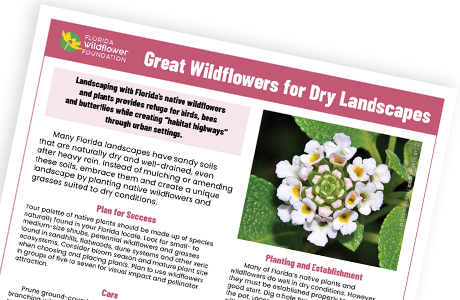
Wondering what native wildflowers and plants to use in a dry landscape? Use our new handout to evaluate your landscape’s soil moisture and choose diverse species that will thrive and give your landscape a “real Florida” feel. Versión en español disponible.
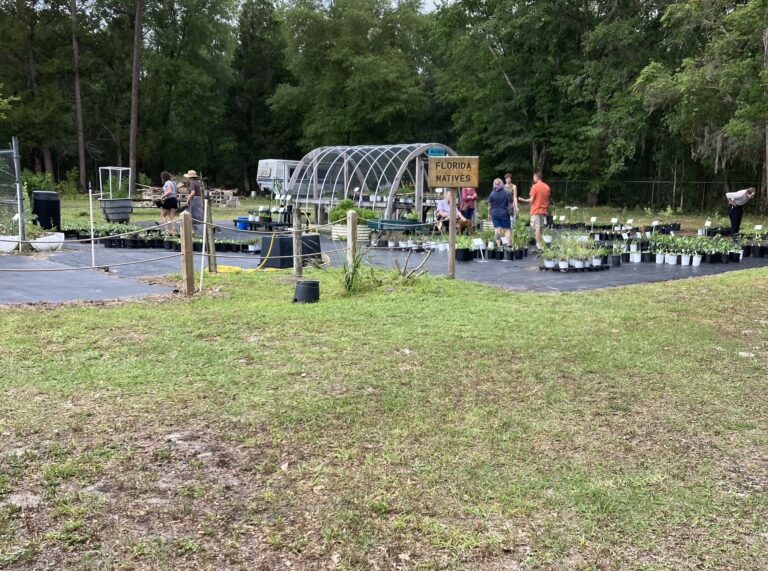
A native plant demonstration garden at Grow Hub: 2900 NE 8th Ave, Gainesville, FL 32609
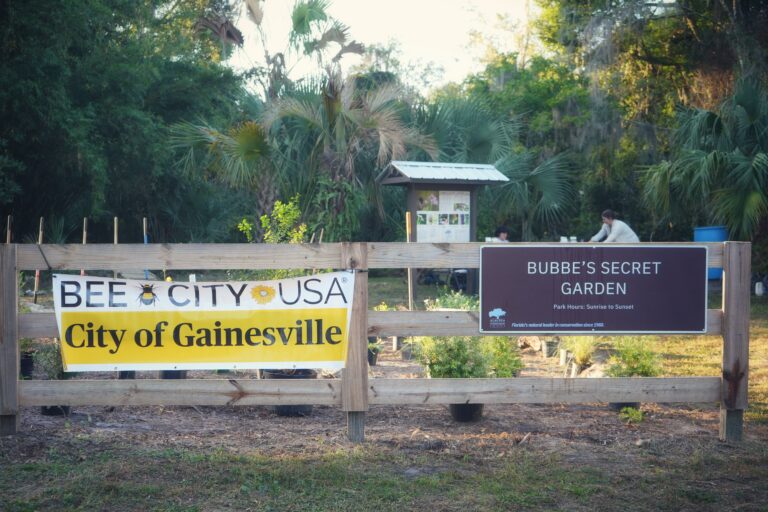
A native plant demonstration garden at ACT’s Bubbe’s Secret Garden: 1225 NW 4th St, Gainesville, FL 32601

Bee City native plant demonstration garden located at the Unitarian Universalist Fellowship of Gainesville, 4225 NW 34th St, Gainesville, FL 32605
Welcome to our Greenbriar Park Native Wildflower Demonstration Meadow made possible through the Florida Wildflower Foundation Viva Florida grant with cooperation from the Village of Wellington.
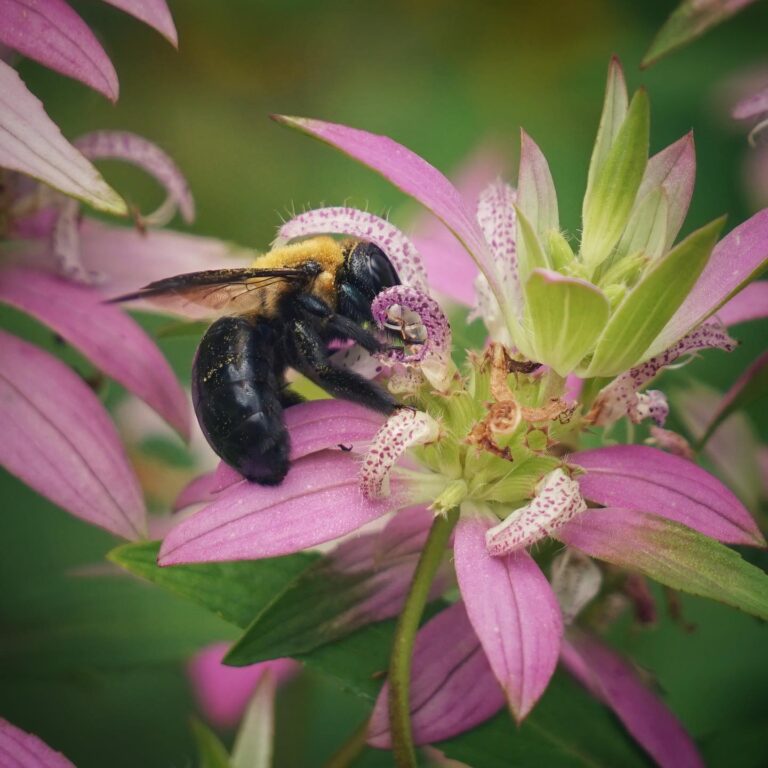
Lamiaceae is a family comprising over 7,100 species worldwide. It features many versatile wildflowers that make excellent additions to home and urban landscapes in Florida, including American beautyberry, Spotted beebalm, and Tropical sage.
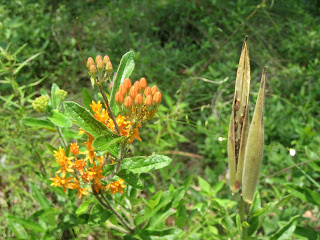
Although summer’s heat keeps many of us inside, it’s a busy time for wildflowers. Thousands of butterflies, bees, wasps and other insects visit flowers to obtain nectar.
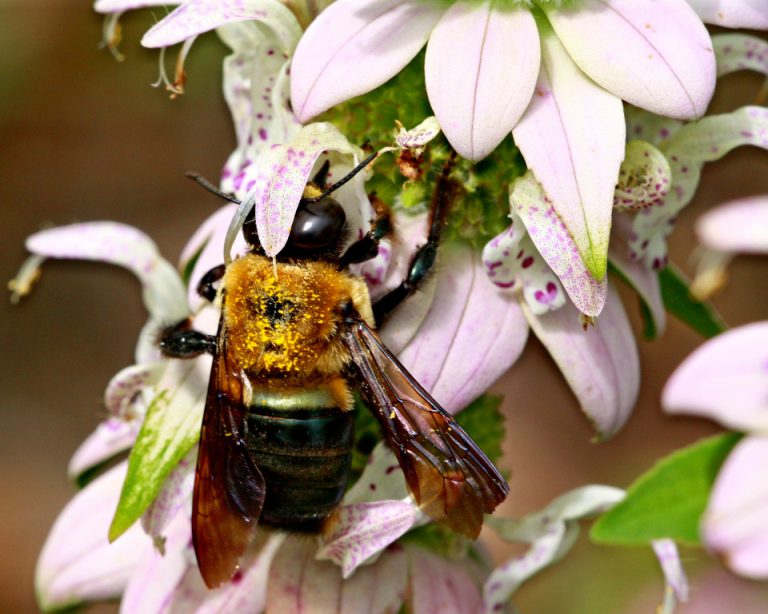
Many Floridians become familiar with carpenter bees by accident. They may notice a hole that appears to have been drilled into unpainted wood around their homes with a sawdust pile beneath it.